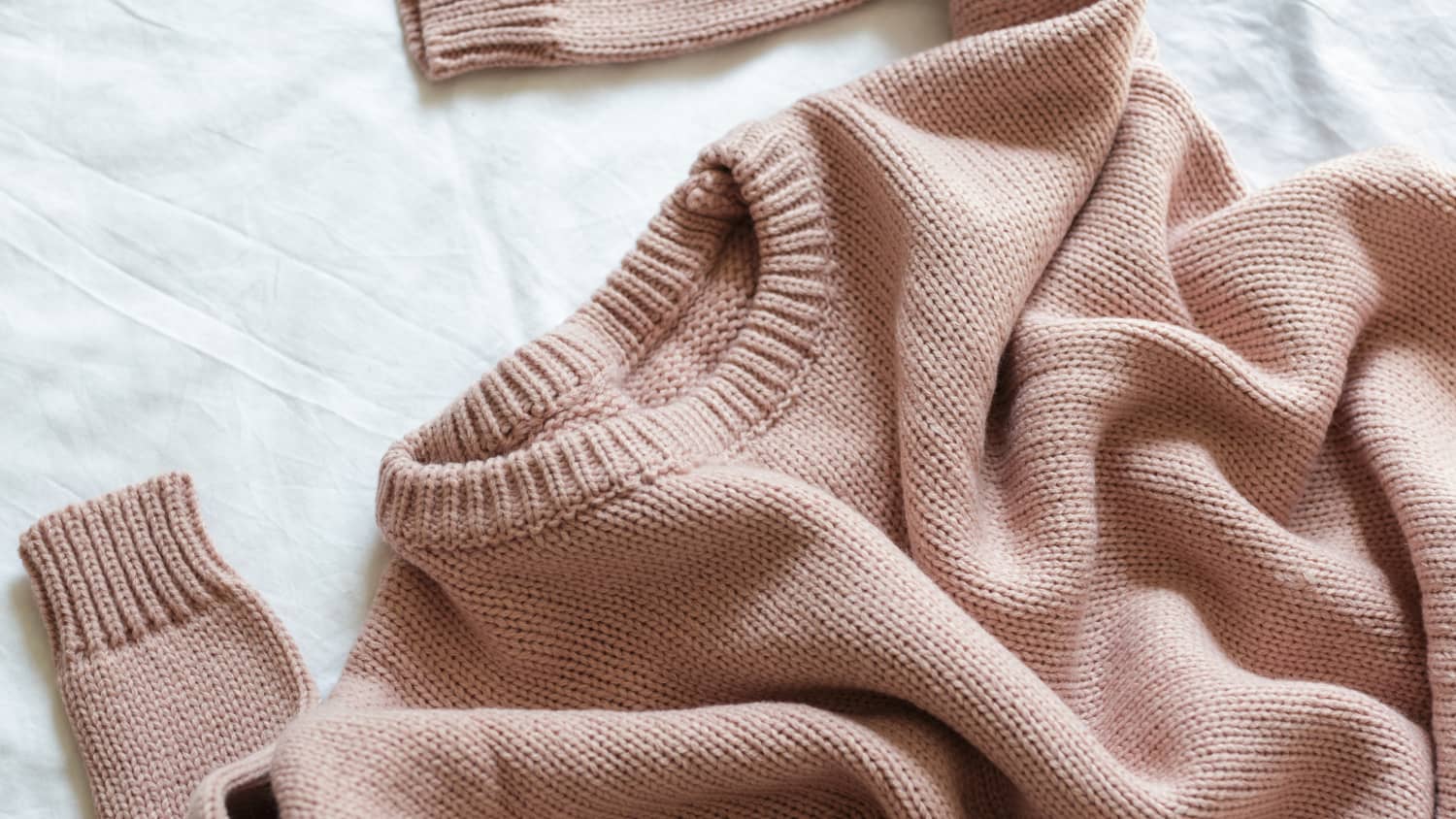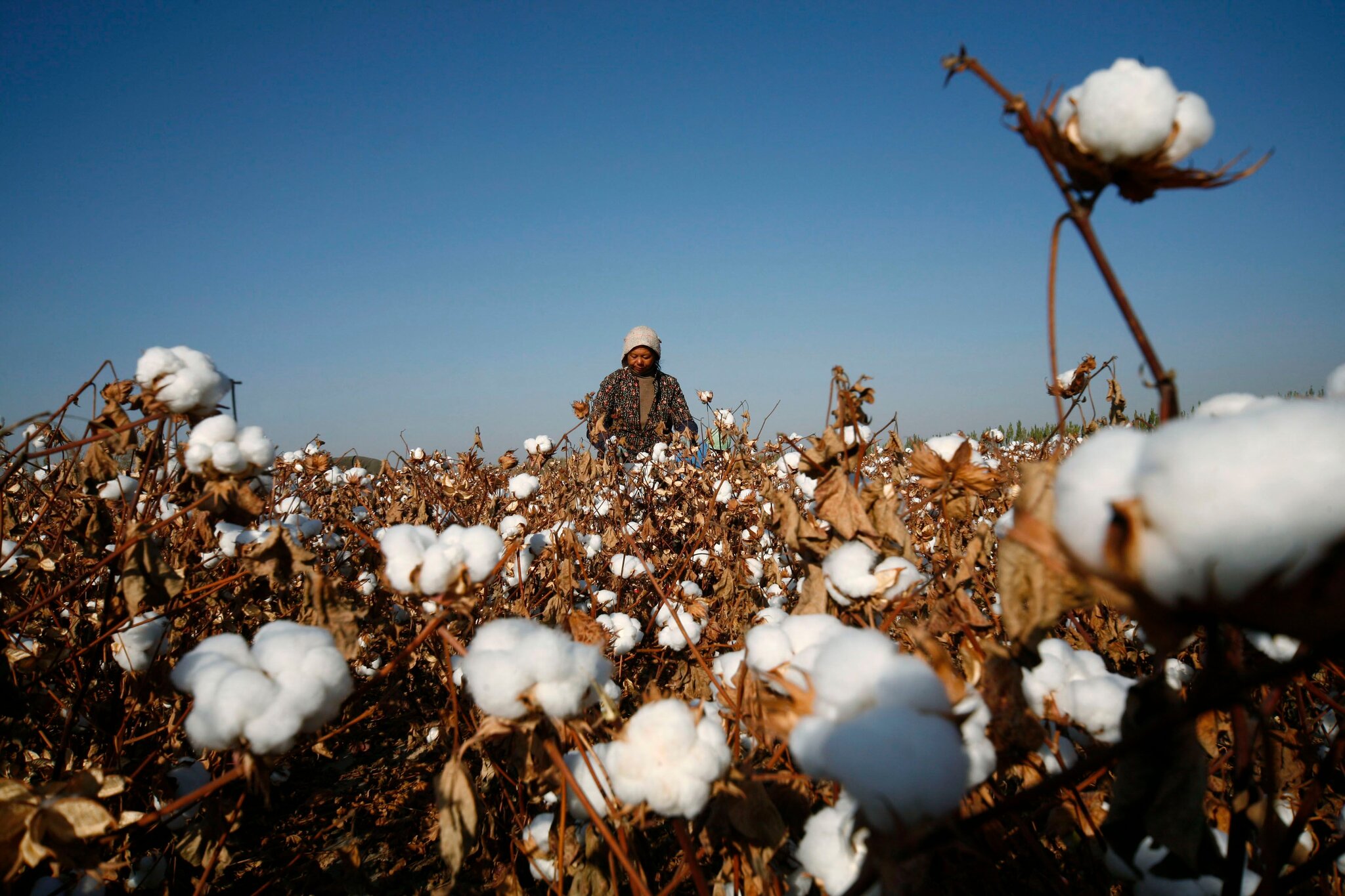
Wool in itself isn’t as large a natural material source cotton and traditionally wool has only been recycled when there was natural calamity that decreased the production of fleece from livestock. However, with climate change a hard-hitting reality, major wool producing countries like New Zealand and Australia are struggling with fleece production, leading to a renewed interest in recycling wool, globally.
Historically, the global recycling of wool has been driven by economic opportunity and necessity. Now, environmental concerns are spurring demand for recycled wool as consumers seek out clothes made primarily of reused natural fibers instead of synthetic materials, many of which can be recycled only through expensive, complex processes that involve chemicals.
Wool recycling model for circularity in fashion
Manteco SpA, an Italian fabric manufacturer that solely uses recycled wool is a case in point. The factory in Prato, Tuscany’s second largest city makes new fabric from used wool and has a simple process. The garments are manually stripped, and the scraps are mechanically shredded. Next, the fibers are blended with color to get the desired hue. After a carding machine untangles and aligns the fibers in one direction, the material is spun into yarn and undergoes quality tests before being woven on a loom into a textile. Prato counts more than 7,000 companies that specialize in some part of the city’s clothing and textile industries, of which wool recycling plays a major role.
When making textile from recycled wool, the quality of old wool determines the amount of virgin fleece wool that is required to make the yarn tensile enough for textile manufacturing. In some cases, virgin nylon is used instead of virgin wool to give the old wool more tensile strength. For example, using different ratios of recycled wool and virgin wool or virgin nylon, Manteco maintains a strict adherence to the best practices of recycled wool to textile process and is able to produce even the finest quality of woolen fabrics. Lately, technology is helping Manteco with innovative yarn and textile manufacturing processes that are reducing manual labour and energy costs and saving further on emissions. Manteco states its recycled wool has a significantly lower carbon footprint than those of virgin wool and many other textiles.
Producing a kg of MWool generates 0.62 kg of carbon dioxide equivalent—a measurement used to compare various greenhouse gases—while the same amount of fleece sheared from a sheep creates 75.8kg of CO2e, the company says in its life-cycle assessment study. Cotton and polyester generate 4.69kg of CO2e and 4.31kg of CO2e, respectively, the company says, citing data from life-cycle inventory database provider Ecoinvent. However, recycling of wool is limited to a number of times as every recycling produces shorter fiber length. This then can only be fixed by adding greater quantities of virgin wool or nylon. This extends the life of the existing materials but doesn’t fully replace the need for new fibers.
Different fibers, different recycling
The founder of Karachi-based Datini Fibres, Hasnain Lillani says to boost textile recycling, clothing designers and apparel brands need to communicate better about how to increase the circularity of materials and supply chains. Identifying which materials are best for the environment isn’t straightforward, as the impacts of processes and supply chains aren’t always comparable, and recyclability is just one element to consider when assessing sustainability. For example, while wool can be recycled mechanically, the more than 1 billion sheep involved in its production globally produce burps containing methane, a potent greenhouse gas. Synthetic materials, on top of not being easily recycled, can shed microplastics in the wash, a menace to ocean creatures that’s not an issue with natural fibers.












